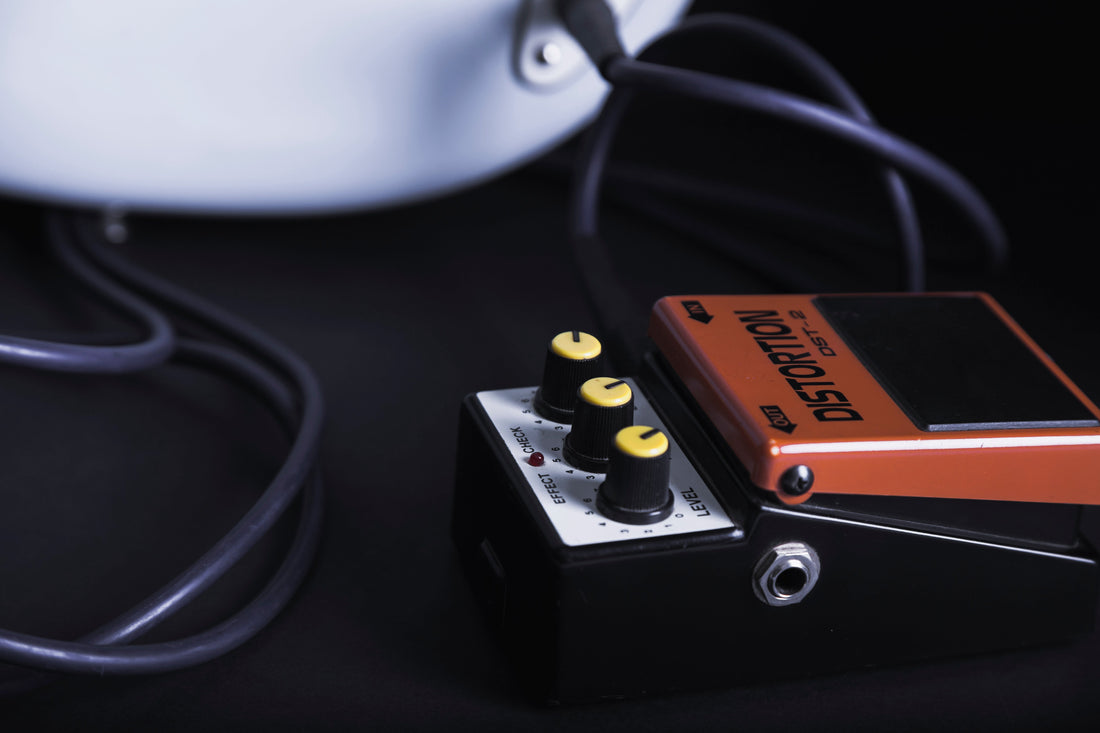
Renewable energy systems like solar and wind power are becoming more common across the world. They offer a clean and sustainable way to produce electricity. However, one challenge with renewable energy is that it does not produce power all the time. The sun does not always shine and the wind does not always blow. That is why energy storage is an important part of any renewable system.
This is where deep cycle batteries come in. These batteries store energy so it can be used when the renewable source is not producing power. They help keep the power supply stable and make renewable systems more reliable.
In this blog, we will explain what deep cycle batteries are, how they work, and why they are a key part of renewable energy systems.
What Is a Deep Cycle Battery
A deep cycle battery is a type of rechargeable battery that is designed to provide a steady amount of power over a long period. Unlike car batteries which give a quick burst of energy to start a vehicle, deep cycle batteries are built to discharge slowly and then recharge many times.
They are called deep cycle because they can be discharged down to a low level of charge without being damaged. This makes them suitable for storing and using energy throughout the day and night.
How Deep Cycle Batteries Work in Renewable Energy
In a typical renewable energy system, solar panels or wind turbines generate electricity. When more power is produced than is needed, the extra energy goes into the battery for storage. When the sun sets or the wind stops, the battery releases this stored energy to keep your lights on or your appliances running.
This cycle of charging and discharging can happen many times a day depending on energy use and weather conditions. Deep cycle batteries are made to handle this pattern without wearing out too quickly.
Types of Deep Cycle Batteries
There are several kinds of deep cycle batteries used in renewable systems. Each has its own features, costs, and benefits.
Flooded lead acid batteries are one of the oldest and most common types. They are affordable and reliable but need regular maintenance such as adding water and checking for corrosion.
Sealed lead acid batteries also known as AGM or gel batteries are similar to flooded ones but require little to no maintenance. They are good for homes or areas where users may not want to handle fluids or perform regular checks.
Lithium ion batteries are more modern and offer high efficiency and long life. They are lighter in weight and can be placed in many positions. Although they cost more up front, they often last much longer than lead acid batteries.
Why Deep Cycle Batteries Are Important in Renewable Systems
Deep cycle batteries play many important roles in renewable energy setups. Here are some of the main benefits they provide.
They store excess energy. When your solar panels produce more electricity than you use, the extra power is stored in the battery instead of going to waste.
They provide backup power. During the night or on cloudy days, the battery releases the stored energy so you can keep using electricity without interruption.
They help reduce grid use. In off-grid systems, batteries let you run completely without power from the utility. In grid-tied systems, they reduce your need to draw power from the grid during high-rate periods.
They support stable voltage. Some renewable sources may produce power that fluctuates. A battery helps even out these changes and gives a smoother power supply.
Choosing the Right Battery for Your System
To choose the best deep cycle battery, consider the size of your energy system and how much power you use. Look at the battery’s capacity which is usually shown in amp hours. This tells you how much energy the battery can store.
Check the depth of discharge. This tells you how much of the battery’s charge can be used before it needs to be recharged. Batteries that allow a deeper discharge can give more usable energy per cycle.
Also look at cycle life. This is the number of times a battery can be charged and discharged before it begins to lose capacity. A higher cycle life means the battery will last longer.
Make sure the battery you choose fits well with your charge controller and inverter. All parts of your system must work together for the best results.
Maintaining Deep Cycle Batteries
Taking care of your battery can make it last longer and perform better. For flooded lead acid batteries, check the water levels often and keep the terminals clean. For sealed and lithium batteries, check the state of charge and follow the maker’s advice for storage and charging.
Keep the battery in a cool dry place. Heat can shorten battery life and cold can reduce performance. Make sure your system has good airflow and is protected from water and dust.
Final Thoughts
Deep cycle batteries are an important part of making renewable energy systems work well. They store power when the sun shines or the wind blows and provide it when those sources are not available. With the right battery and proper care, you can enjoy a steady supply of clean power any time of day.
As more people move toward solar and wind energy, having a strong battery setup is just as important as having good panels or turbines. A deep cycle battery helps you get the most out of your renewable energy investment and brings more energy independence and reliability to your home or business.








